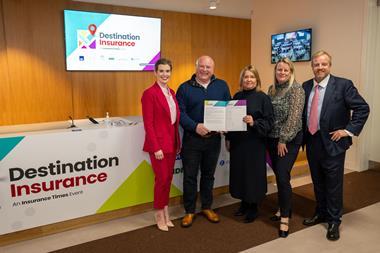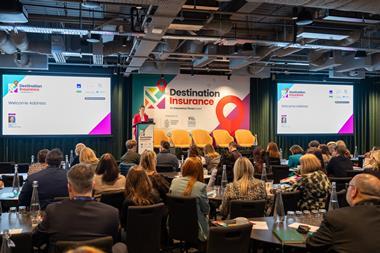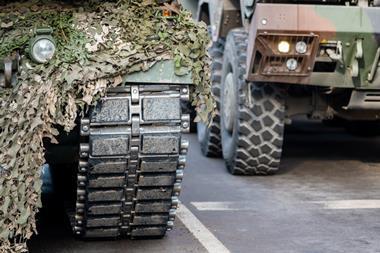Directors of large corporates are looking with renewed interest at captives, or expanding their current self-insurance, as reinsurance and primary rates rocket.
This trend, which was showing a marked increase as global markets hardened after two particularly bad years, has accelerated following the 11 September terrorist attacks.
Clive Thursby, European manager for alternative markets at rating agency AM Best, says there were trends earlier in the year that pointed to increased opportunities for captives.
Thursby says: "The world has changed dramatically since 11 September, although the extent of that change is uncertain, but everyone is expecting that captives will be part of the solution for the larger corporate buyer to the problems the market will throw at them.
"Increased self-insurance will be the name of the game because it is economically attractive, and because the market dictates that a higher level of risk will be retained."
The captive market has been growing at around 5% a year, but that growth is expected to accelerate significantly into next year.
Rising interest
British Insurance Brokers' Association (Biba) chief executive Mike Williams says in recent years the rush to captives was throttled because of the soft market.
"One major broker said recently that where he might previously have been getting one inquiry a month on average for captives, in October he suddenly had a dozen. He expects that trend to continue for some time."
He says there are two main reasons why companies go into captives: first, for favourable tax purposes; and second, they can capture some of the profits insurers are making from offshore environments with more favourable tax regimes, and repatriate the profits in a lean year at home.
Williams explains that, in a hard market, it becomes very cost-effective to set up and access reinsurance directly and cut out the insurers' profits and costs.
A survey earlier this year by the Association of Insurance and Risk Managers (Airmic) revealed that over the next two years four out of five UK risk managers expect to increase their self-insurance and risk retention programmes.
As well as the hardening market, risk managers are turning to captives because of services levels - less than one in three risk managers expect the situation to improve.
Another reason that has helped to speed up the move to self-insurance is the intro-duction last year of tighter internal company controls, and the need to demonstrate good corporate governance to shareholders.
In-house solutions
Airmic chairman Alan Fleming commented on the survey: "Faced with a market offering poorer service and signs that premiums are set to rise, decision-makers within companies are looking elsewhere."
This has meant companies are turning more to their "in-house risk management functions, supported by external broking and consultancy services, for solutions".
In what is a multi-billion pound market (Airmic members control risk premium well in excess of £2bn), this is a growing market for those brokers in a position to offer professional advice.
The US has been setting the trend, with 40% of its market now with alternative insurers.
In AM Best's 2001 Captive Directory edition there are 458 captives listed. During 2000, there were 245 new captives licensed, while 170 were liquidated.
With global uncertainty in the insurance market, it seems the trend towards more captives among international companies will continue for the foreseeable future, enabling broker expertise in this area to be significantly expanded.
Six reasons for captives
Source: International Management Services Ltd, Cayman Islands
Profile of a captive
Solen Versicherungen AG (SVAG) is wholly owned by Royal Dutch/Shell group. Incorporated in Switzerland, SVAG operates the following main classes of insurance: marine hull; cargoes and liabilities; offshore platforms and well control; onshore properties; third party liabilities; fidelity guarantee; aircraft hulls and construction all risk.
SVAG offers insurance cover worldwide to Shell companies and joint ventures in which Shell has an equity interest. It purchases reinsurance to protect against catastrophic exposures.
The insurance cover offered by SVAG is normally limited to Shell's percentage equity interest in the insured. The exceptions are where Shell is the venture's operator, or the operation is managed to Shell standards, when full cover for property damage may be offered.
There are also instances where Shell is the operator, but not the 100% owner, in which full third party liability cover is nonetheless provided by SVAG.
SVAG operates in 130 countries and has 600 policies in force. It has a staff of 12 handling underwriting and claims with responsibilities designated by region.
Hosted by comedian and actor Tom Allen, 34 Gold, 23 Silver and 22 Bronze awards were handed out across an amazing 34 categories recognising brilliance and innovation right across the breadth of UK general insurance.












































